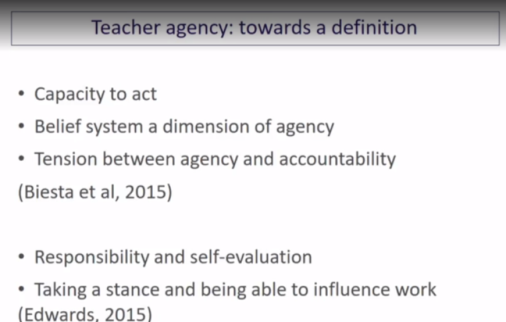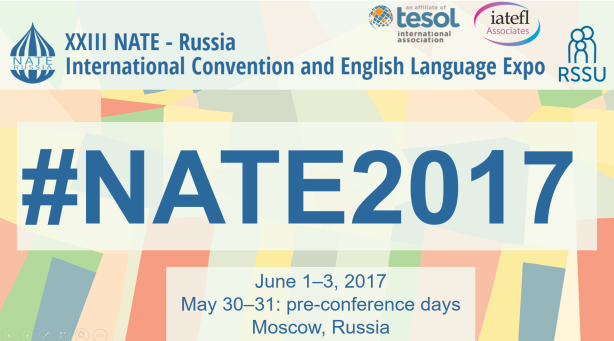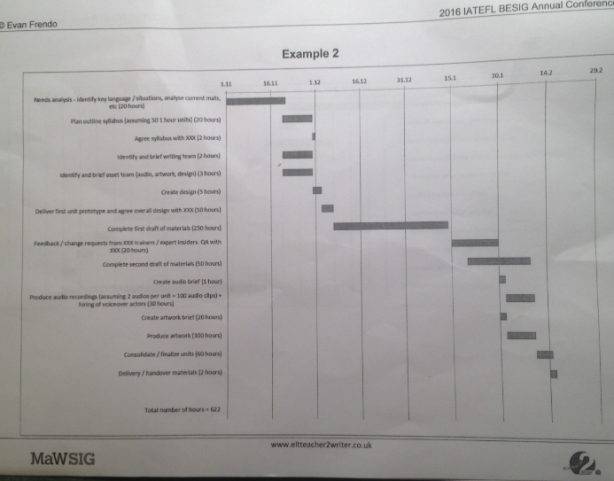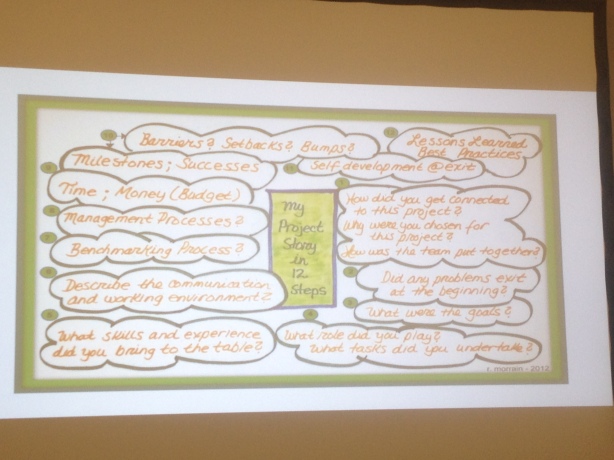In the school where I work, apart from the usual CPD options (workshops, lesson observations etc) there’s a mentoring scheme – I mentor half of our team, meeting with my colleagues regularly and discussing the issues they’d like to talk about and the steps they could take to explore techniques and issues relevant to them. At the moment I’m going on an extended leave and we’re planning to replace part of that scheme for some time with peer coaching, which is why I’ve been looking for resources on options for effective peer collaboration. There’s already a write-up on this blog of a very interesting IATEFL talk on peer coaching from three years ago (by Dita Phillips and Ela Wassell), and this post is a write-up of another talk, by Ana Garcia-Stone, from this year’s IATEFL (the video is available here).
Talk title: Teacher agency: empowering teachers through self-directed peer observations
Presenter: Ana Garcia-Stone, @AMGS1958

Description: This talk describes a peer observation project carried out by two colleagues, done over a year, experimenting with three different types of observation. This process empowered both teachers and the observations revealed different dimensions of agency.
================
Ana Garcia-Stone, a teacher and teacher trainer with over 25 years’ experience, felt stuck in a rut with her development and she didn’t know how to go forward. At one point, at an IATEFL conference, she was talking about that with Tessa Woodward, who suggested working with a less experienced colleague. Ana Garcia-Stone thought it was a good idea and she approached Kat Scuba, a colleague who’d been with her centre for about a year – someone who didn’t know much about her and her teacher training reputation, and who reminded her of her younger less experienced self.
Before starting the project:
They carried out the project without any ‘agenda’ – they just wanted to see what would emerge out of observations.
Before they started the project, they agreed that what they discussed would be confidential, so that they would be able to expose their weaknesses and grow:

The project. What they did:
Here are the peer observation ideas that they tried out:
Unseen observation
In this ‘observation’ type you meet, discuss your class and what you’re going to do, go off and teach your class on your own, and then we get together afterwards and discuss how you feel that class went.
Reflection:
The two teachers had very different goals here. Ana Garcia-Stone’s partner, Kat Scuba, decided to use this opportunity to support her with teaching a group of young (four year old) learners, as this was the first time she was teaching a group of that age. She arrived at the meetings with pages after pages of notes and ideas, and the upshot of the experience was that she developed a framework for teaching that age group in the coming year.
Ana chose a different focus: a strong task-based approach, and she found that this experiment encouraged her to break out of the routine you fall into when you’ve got a lot of experience, and get back into lesson planning – her lesson plans got longer and longer and longer and she was thoroughly enjoying it.
In terms of the observation itself, a positive aspect was that, this being an ‘unseen’ observation, they only had to please themselves – thus avoiding the situation when you feel you have to ‘plan for the observer’. In the post-lesson observations, there again was no stakes – as there was trust between the participants and they felt free to discuss what had or hadn’t gone well.
Outcome: both participants found this experience extremely rewarding and they learnt a surprising amount from this type of observation.
I plan for my class, you teach my class, I observe
Ana and Kat met before and after the class to discuss that lesson.
Reflection: This mode may make you more aware of your planning – although Ana Garcia-Stone found that she only saw the weaknesses and strengths that she was aware of anyway. One interesting thing that happened was that this highlighted how you need to ‘start planning from your students’, as your know your students, but this is not always explicit in the plan. When she was observing, Ana Garcia-Stone saw things that were absent from the plan (e.g. you need to check this thing with Z. as he tends to get these things wrong or it might be better to separate these two students as they tend to distract each other). Her partner, Kat, found it difficult to teach her plan, because she didn’t understand the transitions and found them awkward/didn’t quite understand the logic of the lesson, even though they’d discussed this before the class. This highlighted the fact that transitions are things that are very automated and we tend not to write them out in the plan.
Ana taught Kat’s class – a C2 class of learners preparing for CPE. Kat’s approach to teaching this level was very different from what Ana normally does at C2 level. Ana normally introduces loads and loads of vocabulary, whereas Kat’s class was planned around a series of flipcharts, without heavy lexical input, and Ana felt that the learners were learning equally as effectively. So for Ana, the experience of teaching with those materials raised questions about her belief about the importance of teaching vocabulary at higher levels and whether what she was doing was useful. As a result, Ana went on to do some research about teaching vocabulary to higher level learners, she ran a community of practice around it, and she learnt a lot and changed the way she presented vocabulary to higher level learners. For her, this experience was very valuable.
I video your class, you watch on your own, you choose what to discuss, we discuss it
Reflection: The participants felt that, although they were both comfortable with one another and with one another’s classes, videotaping the classes was intrusive for both the teacher and the students, (the teachers felt nervous, the learners, who were twelve year old played up).
Neither of them felt they got anything particularly useful out of the experience – they felt they needed a task focusing on something visible, e.g. teacher-student interaction, the way the furniture is organized, transitions, etc.
The only outcome was that Kat felt that her classroom was ‘two-dimensional’ and she wanted to investigate making it ‘three-dimensional’.
Evaluation
Did the experiment foster agency?
The definitions of agency that Ana Garcia-Stone focused on at the beginning of the talk:

They were able to act (as in their centre they don’t have to ask for permission to carry out a project like that), and they were able to affect change in their classroom, but not beyond their classroom. The result of engaging in this kind of project is that the responsibility for one’s professional development shifts from ‘others’ to the teacher.
Also, in the words of Simon Borg, teachers will only change if their teaching beliefs are brought to the surface and their teaching beliefs change – this is what development is, and Ana felt that this was what happened with one of her teaching beliefs.

Considerations:
- What teachers want to focus on might be at odds with the aims of the institution (e.g. what if the institution wants the teachers to use more IT but the teachers don’t want to explore that?)
- In the institution there might be some systems of accountability, e.g. a performance management system – so how do you account for this learning to someone who wasn’t there? I feel that I learnt and I can write a report on what I learnt, but that might not be enough for my manager at my institution.
- Time constraints – e.g. does the timetable allow to observe each other’s classes?
References:

All in all, the experiment was definitely worth doing for a year, and both the participants miss it – maybe not the peer observations per se but the communication.
=====================
I’ve been thinking of engaging in a peer coaching scheme ever since attending the talk by Dita Phillips and Ela Wassell that I mentioned at the beginning of the post – haven’t been able to do this, mostly because I’ve been finding it difficult to find time for things, what with being a new parent, juggling family and a heavy workload for the past two years.
However, I really hope to get the chance to do that in the next academic year, and what I found especially valuable about Ana Garcia-Stone’s talk was specific ideas for things to try out and examples of specific takeaways, which gave me a better insight into what kind of things might emerge out of a project like this one.
I hope that my team, who I’ve written the talk up for, will also find this talk inspiring and useful.



















































